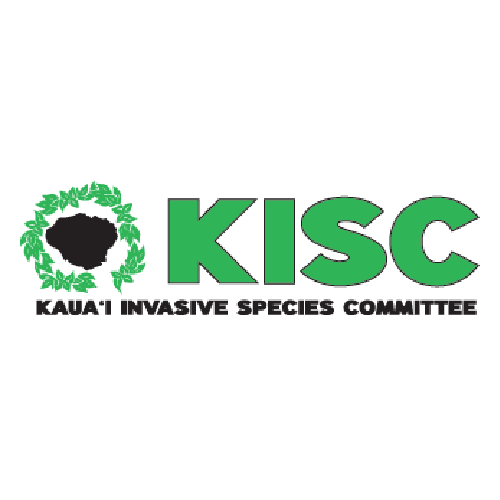Family: Rhamnaceae
High Risk Traits:
- Broad climate suitability (in temperate climates)
- Widely naturalized in North America
- An environmental weed that reduces native species richness
- Toxic to animals and accidental poisoning of people is possible
- Tolerates many soil types
- Forms dense stands
- Seeds dispersed by birds and other frugivorous animals
- Reaches maturity in 2 years
- Seeds may persist in soil for 2 or more years
- Able to coppice and resprout after cutting
Low Risk Traits:
- Grows in temperate climates and may only be a threat to higher elevation in tropical islands
- Unarmed (no spines, thorns or burrs)
- Palatable to deer and other browsing animals (although toxic)
- Relatively Shade-intolerant
- Mostly self-incompatible (but not 100%)
- Not reported to spread vegetatively (but able to sucker or coppice prolifically if cut)
- Herbicides may provide effective control




